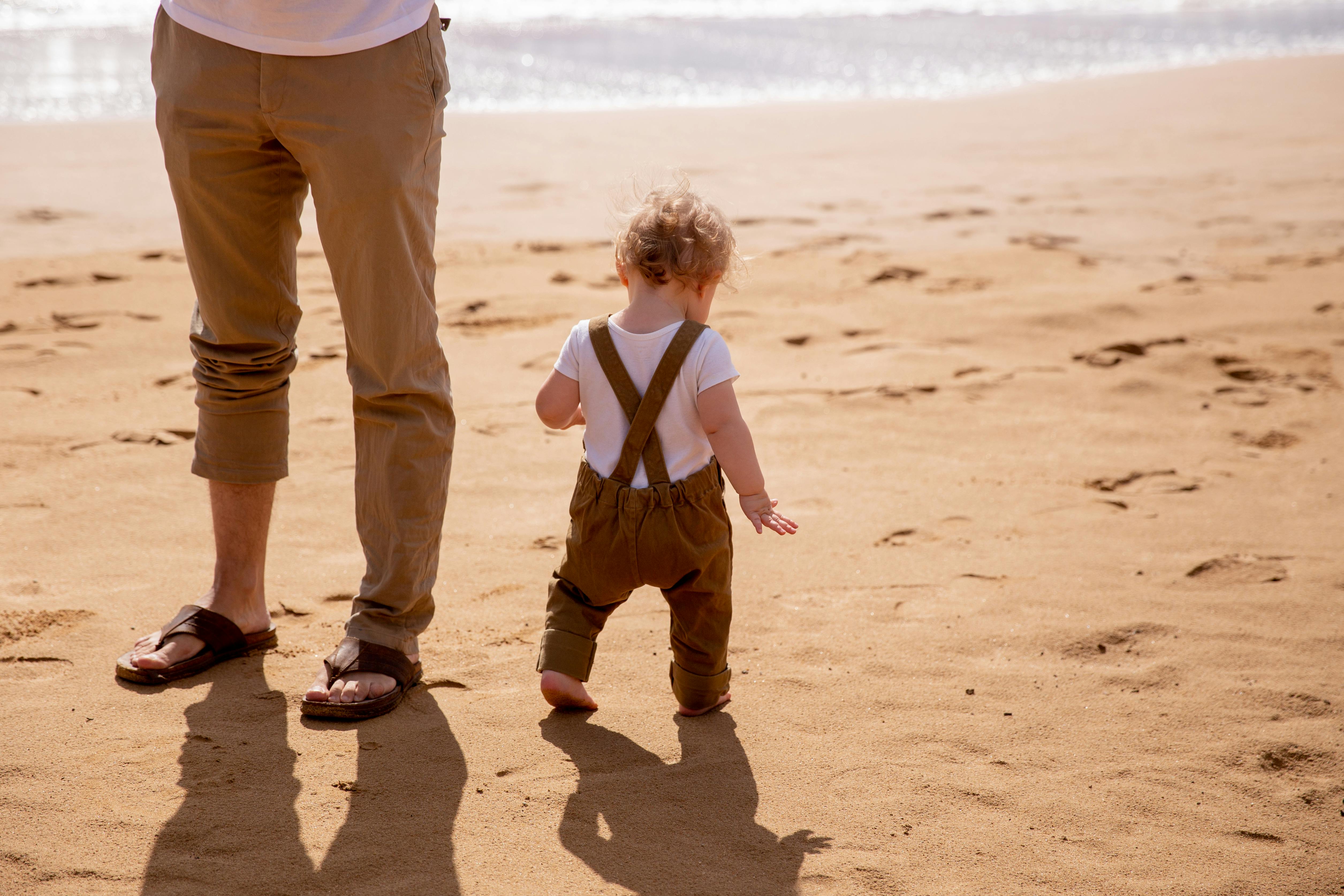
Flying with a baby can be challenging, but with proper planning and preparation, you can make the experience smoother for both you and your little one. There are many things you can do to make your travel journey more enjoyable and relaxed when traveling with a baby. We have the best tips for flying with a baby in this article.
Flying With A Baby
There are many things you need to consider when flying with a baby and we have some great tips for you to make your journey stress-free and relaxing for both you and your baby. Here are some tips to help you when flying with a baby:
Plan Ahead
- Always book a direct flight: Booking a direct flight reduces the number of takeoffs, landings, and potential disruptions, this can make the journey smoother for both you and your baby. It also minimizes the chances of you missing connecting flights.
- Consider your baby’s Nap Schedule: Understanding your baby’s nap schedule allows you to plan the flight during times when they are more likely to sleep, making the journey more restful for both of you.
Pack Essentials
- Diapers and Wipes: Pack more diapers than you think you’ll need is always hand. You may want to consider potential delays. Wipes are essential for quick clean-ups and maintaining hygiene.
- Formula/Breast Milk: Ensure you have enough formula or expressed breast milk for the entire journey and any unexpected delays the last thing you want is to run short.
- Pack Extra Baby Clothes: Accidents happen we’ve all been there, so having extra clothes on hand is crucial for both comfort and cleanliness.
Carry On Basics
- Have Essentials Accessible: It’s important to have baby essentials in a carry-on bag to ensure quick access during the flight without the need to rummage through a larger suitcase.
- Pack Comfort Items: Familiar toys or comfort items can provide a sense of security for your baby, making the unfamiliar environment of the plane more comforting and soothing.
Check Airlines Policies
- Reserve Bassinets and Baby Meals: It’s important to understand the airline’s policies. This can help you request services like Bassinets for your baby to sleep in or special meals tailored to their needs.
Bring A Baby Carrier
- Convenience: A baby carrier is a great way of navigating the airport more conveniently, especially during security checks. It also allows you to keep your hands free while keeping your baby close and secure.
Choose The Right Seat
- Bulkhead Seats: These seats are great when traveling with young children and babies. They offer more legroom and may have brackets for bassinets. They also eliminate the need to recline into the limited space of the passenger behind you.
- Aisle Seats: Choosing an aisle seat provides easier access to the restroom and allows you to move around more comfortably during the flight.
Bring Snacks
- Snacks for You and Baby: Packing snacks ensures you have sustenance for yourself and your baby, helping to stave off hunger and irritability.
Consider Ear Pressure
- During takeoff and landing, changes in cabin pressure can cause discomfort for everyone, but babies don’t know yet how to clear their ears.
- Ear Pressure Relief: Planning to feed during takeoff and landing will help your baby equalize ear pressure, reducing the discomfort associated with changes in altitude.
Dress Comfortably
- Wear Layered Clothing: Dressing your baby in comfortable layers allows you to adjust their clothing based on the temperature in the airport and on the plane. Choose easy-to-remove shoes to streamline the security process.
Bring Entertainment For Your Baby
- Distraction and Engagement: Bring a variety of toys that can keep your baby entertained and distracted during the flight, this will make the journey more enjoyable for both of you.
Consider a Red-Eye Flight
- Sleep Alignment: Red-eye flights that you schedule during your baby’s usual sleep hours, will result in a more peaceful journey as your baby is more likely to sleep through the flight.
Bring A Stroller
- Ease of Movement: A compact stroller facilitates easier movement through the airport, and it provides a familiar and comfortable space for your baby during transit.
Gate-Check the Stroller and Car Seat
- Accessibility Upon Arrival: Gate-checking allows you to use the stroller and car seat until you board, and it ensures these items are readily available upon reaching your destination. You can also purchase strollers that are suitable for overhead cabins you can find cabin-friendly strollers on Amazon.
Use Noise-Canceling Headphones
- Sensory Reduction: Noise-canceling headphones can minimize the ambient sounds of the plane, helping your baby stay calm and relaxed and even help them fall asleep.
Pack Medications
- Emergency Preparedness: Bringing necessary medications and a small first aid kit ensures you’re prepared for any unexpected health issues, providing peace of mind during the journey.
Coordinate with Your Seatmates
- Open Communication: Informing nearby passengers about your baby allows for open communication and sets expectations, fostering a more understanding and cooperative atmosphere. It also helps nearby passengers set expectations before taking off.
Be Flexible with Schedule
- Adaptability: Being prepared for delays and remaining flexible with your baby’s schedule reduces stress and allows you to adapt to unexpected changes.
Ask For Help
- Community Support: Don’t hesitate to ask for assistance from flight attendants or fellow passengers if you need an extra hand or have specific concerns. It can be very difficult to even out some luggage in the overhead compartment Don’t hesitate to ask for any type of help.
Bring A Blanket
- Comfort and Familiarity: A familiar blanket provides comfort for your baby and can create a cozy environment, making it easier for them to nap during the flight.
Be Mindful of Ear Pressure
- Pacifier or Bottle Use: Offering a pacifier or bottle during takeoff and landing encourages sucking, which helps equalize ear pressure and reduces discomfort for your baby.
Stay Calm and Relaxed
- Emotional Atmosphere: Maintaining a calm and relaxed atmosphere positively influences the emotional atmosphere for both you and your baby, making the journey more enjoyable.
Create a Comfortable Sleep Environment
- Dim Lights: Dimming the lights is an important way of creating a comfortable sleep environment. It can signal to your baby that it’s time to rest, facilitating naptime during the flight.
Keep Important Documents Handy
- Keep Important Documents Handy:
- Efficient Boarding: Keeping passports, boarding passes, and other essential documents easily accessible streamlines the boarding process, minimizing potential delays and stress.
- Celebrate Small Victories:
- Positive Reinforcement: Acknowledge and appreciate the small successes and moments of calm during the journey. Celebrating these victories helps maintain a positive mindset throughout the trip.
Conclusion:
Many of the tips for flying with a baby in this article can be used as a guideline for anyone flying with a baby. However it’s important to remember that each baby is unique, so be flexible and adapt these tips to suit your baby’s specific needs. With careful planning and a positive attitude, flying with a baby can be a manageable and even enjoyable experience. Why not Read Travel Essentials To Never Leave Home Without.




